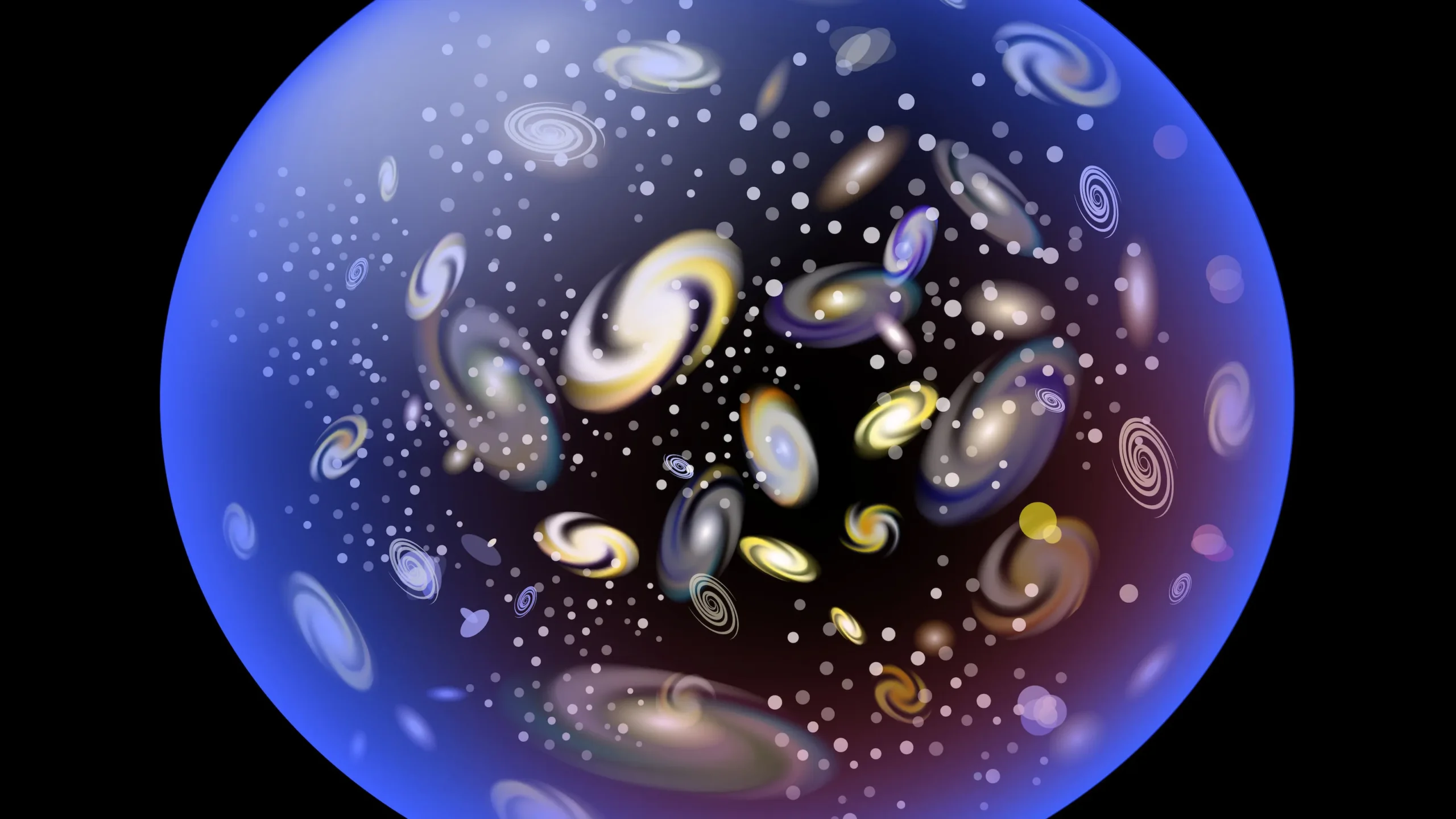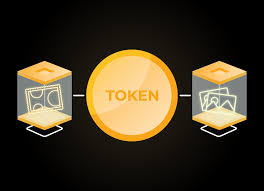Blog Credit: Trupti Thakur
Image Courtesy: Google
The Hubble Tension
Scientists from Germany and the U.K. have proposed a radical explanation for the discrepancy in measurements of the universe’s expansion rate, known as the Hubble tension. The Hubble Constant, denoted as H0, is a fundamental parameter in cosmology that describes the current expansion rate of the Universe. It is named after the renowned astronomer Edwin Hubble, who first observed the relationship between a galaxy’s distance and its apparent velocity. The Hubble Constant is expressed in units of kilometers per second per megaparsec (km/s/Mpc), which represents the speed at which galaxies move away from each other over a given distance.
The Emergence of Hubble Tension
The Hubble Tension arises from the fact that different methods of measuring the Hubble Constant have yielded inconsistent results. This implies that two equally valid ways to measure how fast the universe is expanding have yielded two different estimates. The two primary approaches used to determine H0 are:
- The Cosmic Microwave Background (CMB) method: This approach relies on observations of the oldest light in the Universe, the CMB radiation, and uses the standard cosmological model to infer the value of H0.
- The cosmic distance ladder method: This technique involves measuring distances to nearby galaxies using various astronomical objects, such as Cepheid variable stars and Type Ia supernovae, and then using these distances to calculate H0.
The problem lies in the fact that these two methods have produced significantly different values for the Hubble Constant, with the CMB method yielding a value of around 67 km/s/Mpc, while the cosmic distance ladder method suggests a higher value of approximately 74 km/s/Mpc.
Implications and Possible Explanations
The discrepancy between the two measurements of the Hubble Constant has far-reaching implications for our understanding of the Universe. If the tension persists, it could indicate that our current cosmological models are incomplete or that there are unknown physical phenomena at play. Some possible explanations for the Hubble Tension include:
- Systematic errors: There might be unaccounted-for systematic errors in one or both of the measurement methods, leading to the discrepancy.
- New physics: The Hubble Tension could hint at the existence of new physical processes or particles that are not accounted for in the standard cosmological model, such as dark energy or neutrinos with unexpected properties.
- Modified gravity: Some scientists propose that the tension could be resolved by modifying Einstein’s theory of general relativity, which underpins our understanding of gravity and the Universe’s expansion.
Ongoing Efforts and Future Prospects
Resolving the Hubble Tension is a top priority for cosmologists worldwide. Numerous research teams are working on refining the measurement techniques, searching for potential sources of error, and exploring alternative theoretical models. Modern astronomical facilities, such as the James Webb Space Telescope and the Vera C. Rubin Observatory, are expected to provide more precise data that could help shed light on this cosmic puzzle.
Recent Studies and Current Status
A study published in Monthly Notices of The Royal Astronomical Society (MNRAS), where scientists suggest that the current model used to understand the Universe, called Λ cold dark matter (ΛCDM), might be wrong and could be the reason behind the Hubble Tension. However, this is presented as a radical explanation and not a definitive solution.
Another study published in The Astrophysical Journal Letters ruled out a suspected flaw in one of the measurement methods using data from the James Webb Space Telescope (JWST). This further confirms that the Hubble Tension is real and not an aberration in the data.
Thus, as of now, none of the studies present a clear solution to the Hubble Tension and it remains an unresolved problem in cosmology.
Blog By: Trupti Thakur

17
AprThe Hubble Tension
Apr 17, 2024Recent Blog
India’s First Creator LandMay 21, 2025
Tokenization – An Initiative By RBIMay 20, 2025
The BioMetric E-PassportsMay 19, 2025
AI HallucinationsMay 16, 2025
India’s Steps Into 6GMay 15, 2025




